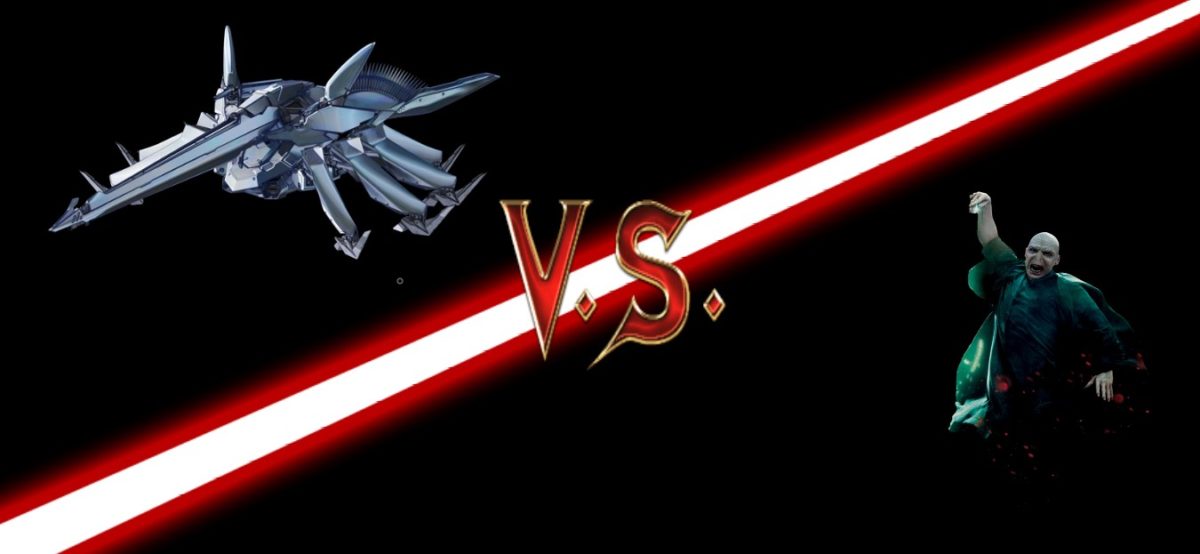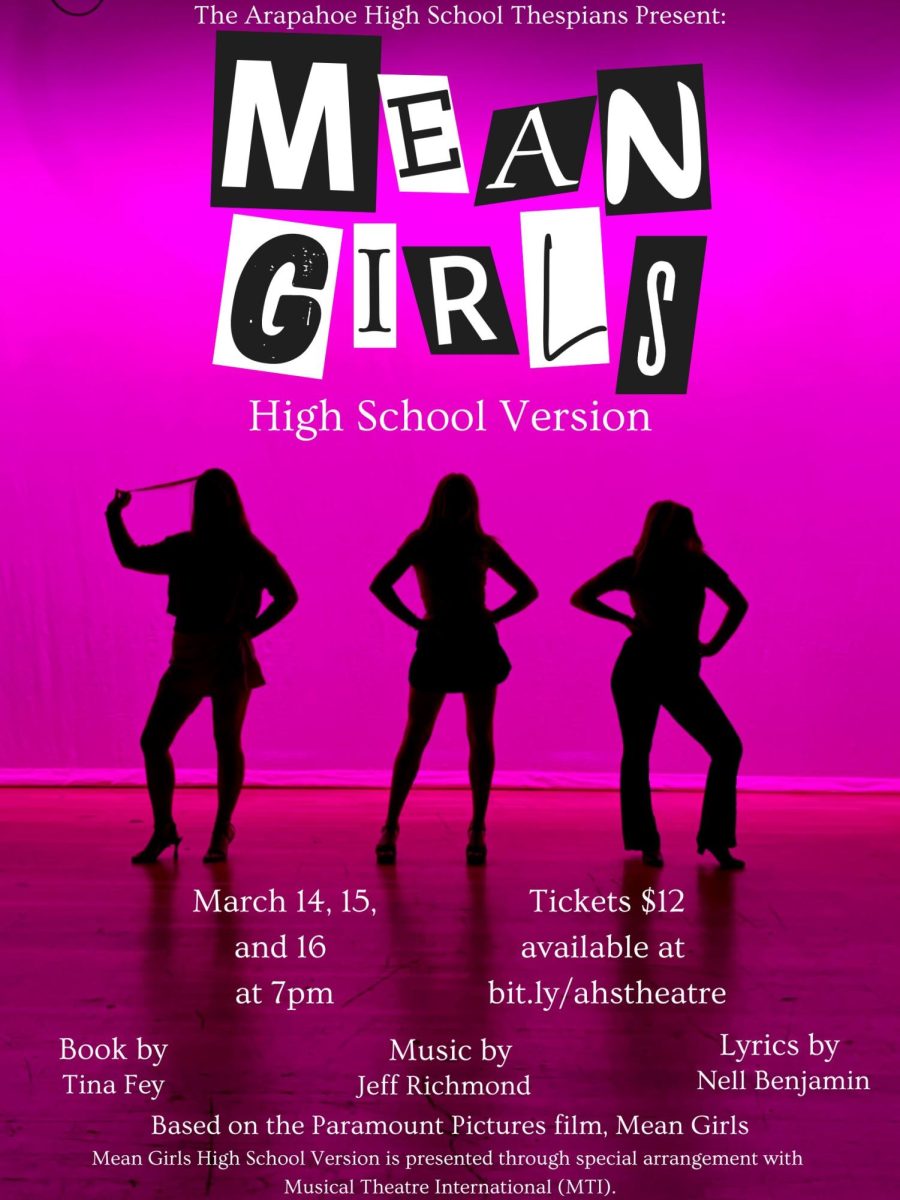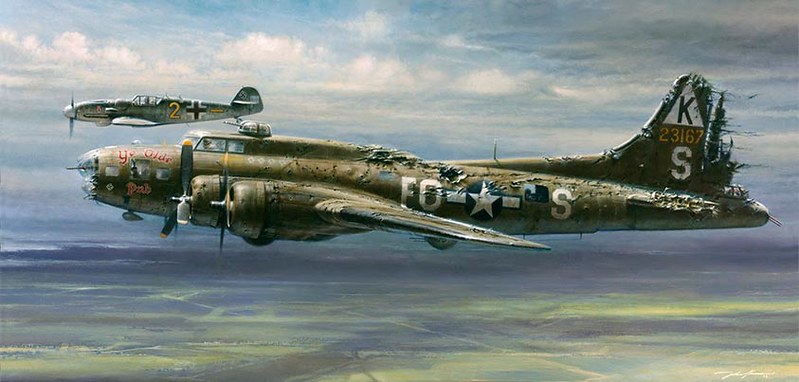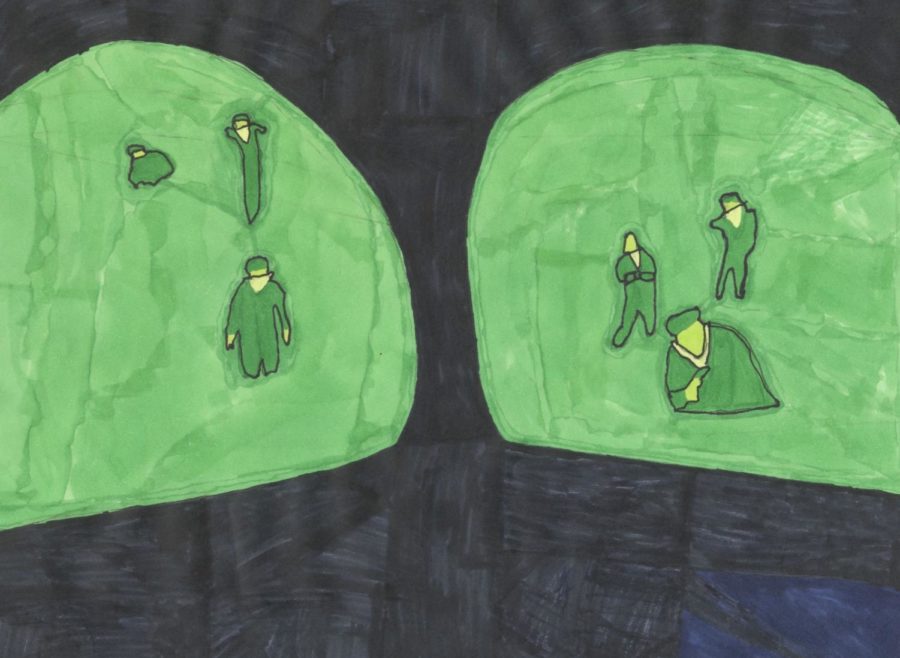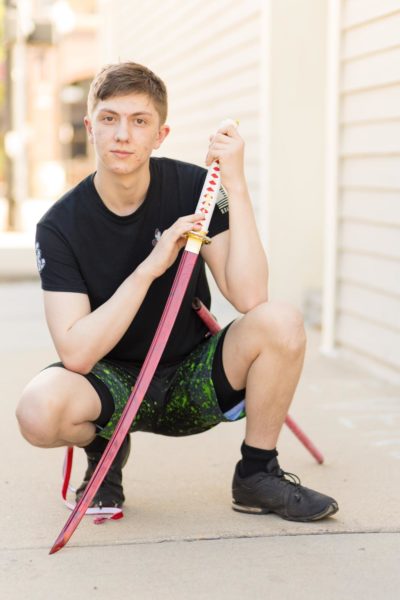Before we begin, we should identify what a large-scale villain is. Large-scale villains are villains whose very existence is a threat to the world, usually coming in the form of a dark lord or the leader of an army of demons. Before continuing, I will note that this article will contain spoilers for Harry Potter and 86 Eighty-Six (up to vol. 4). If you intend to avoid spoilers, read them, then return.
The problem that can occur with these villains is that the hero or audiences lack reasons to hate the villain. An example of this problem is Voldemort from Harry Potter. While Harry has ample reason to oppose Voldemort, he is a bit of a let down for the readers. By no means should a side villain be hated more than the main villain; killing endless background characters leaves less of an impression than injuring one major character.
The only character we see Voldemort directly kill is Cedric: a character who only ever appears in The Goblet of Fire. Even then, he only appears in a handful of scenes. Compared to a minor villain from the same series, Bellatrix, his killstreak is lackluster. Bellatrix ends up being a better villain because she kills Sirius Black and Dobby, two characters closer to both the main character and audiences than Cedric.
I can’t judge a large-scale villain as poorly written without providing an example of a well-done one. The Legion from 86 are an excellent example of how to write an effective large-scale villain. Honestly, it’s an unfair comparison because they are one of the best villains in all of fiction. However, that doesn’t make them less of a valid example; in fact it makes them a better example. To prove this point we can observe the processor Kirschblüte’s death. In just a few episodes of the show, 86 makes us love Kaie and then proceeds to brutally kill her in the third episode. To top it off, it leaves us with her final words, “I don’t want to die.” Two episodes later it rubs more salt in the wound with the introduction of the black sheep: Legion units equipped with the damaged brain of a dead person. Due to the damage to the brain, the black sheep play the brain’s last words on repeat, which we’re able to hear through our main character, Shin. In the same scene they’re introduced we hear the repeated words, “I don’t want to die.” In just five episodes 86 connected us to a character, brutally killed off the character, and used the death to give us important information on the Legion. A truly stunning series of events that leaves the audience questioning what exactly they’re watching.
To make the Legion even more of a hateable villain there’s also the existence of the self-propelled mines. These mines are designed to resemble the form of an injured adult, or more rarely, an injured child in order to draw in other people trying to help, only for the mine to latch on to them and detonate. Its antipersonnel warhead is powerful enough to blast through the thicker armor of a tank, and the shrapnel hits everyone in a large radius. This type of Legion is utilized with another masterful character death. Black Dog; who up until this point has acted as a fairly major character, has a self-propelled mine jump onto his Juggernaut and detonate, blowing him to shreds. Before the mine goes off he manages to get out a final, “Anju…” Romantic feelings, permanently unfulfilled. On the note of character deaths, look forward to a future article dedicated to them.
The final aspect that makes the Legion an excellent villain is the existence of the Republic of San Magnolia. The fact that San Magnolia wasn’t used as the villains puts into perspective how great of a job the author did at making the Legion a villain. San Magnolia is the country that the series starts in. They are at war with the Legion; to counter the threat posed by their artificial enemy, they use “unmanned drones” to fight off the Legion. In reality, though, these unmanned drones are piloted by the 86 (the namesake of the series); a term used in San Magnolia to refer to the Colorata, individuals with different hair and eye colors than white. The Republic is made up of exclusively races who possess hair color and eye color in either white or silver, and believes in the superiority of these races. When the war with the Legion starts, San Magnolia passes a law stripping all rights from the 86. Most series with a nation like San Magnolia would have made the Legion a minor villain while making San Magnolia the main villain. However, 86 handles this situation with much more nuance. Instead of showing every officer in San Magnolia’s military to be in support of the 86 being forced out onto the battlefield to die until all the processors are dead, we see multiple perspectives. We see those who actively oppose the treatment; some of them going as far as to join the 86 on the battlefield and die with them, we see some characters who don’t try and stop it because there’s nothing they can do which is a ‘truth’ they hold onto tightly. If that isn’t true, that means they could have done something when the 86 they were friends with were being rounded up and sent to the internment camps. The fact that we get a nation that would stereotypically be the villains and instead give it some depth and see it oppose the main villain ends up making the Legion an even better villain.
To put it all together, Voldemort fails where the Legion succeeds because 86 spends time setting up the Legion to be a great villain and delivers on that promise. On the other hand, Harry Potter built Voldemort up to become a great villain, but once he actually shows up he underperforms and falls short of his purpose. He leaves a sour taste in the audience’s mouth, making them wonder what his whole point of a villain was. To create a good villain, especially at a large scale, the writer has to create an effective foundation and then deliver on it.

